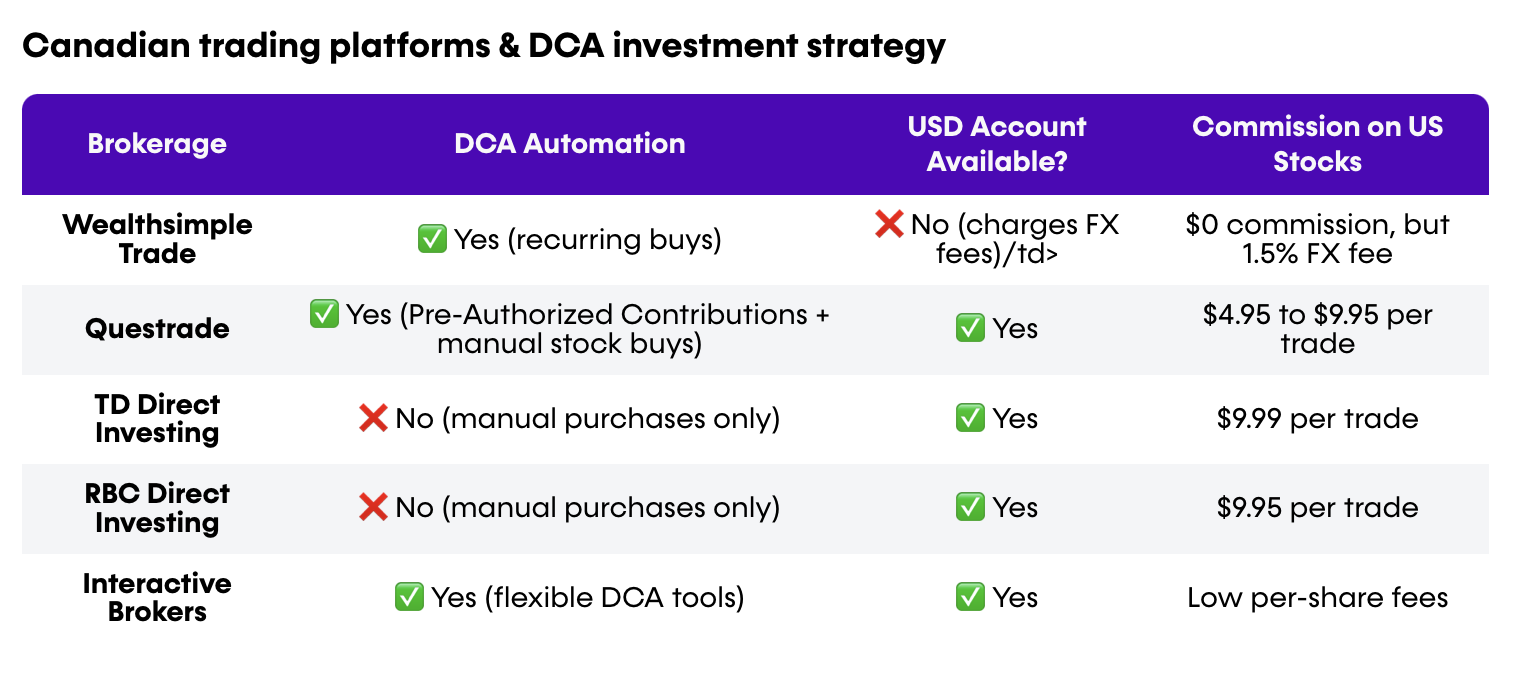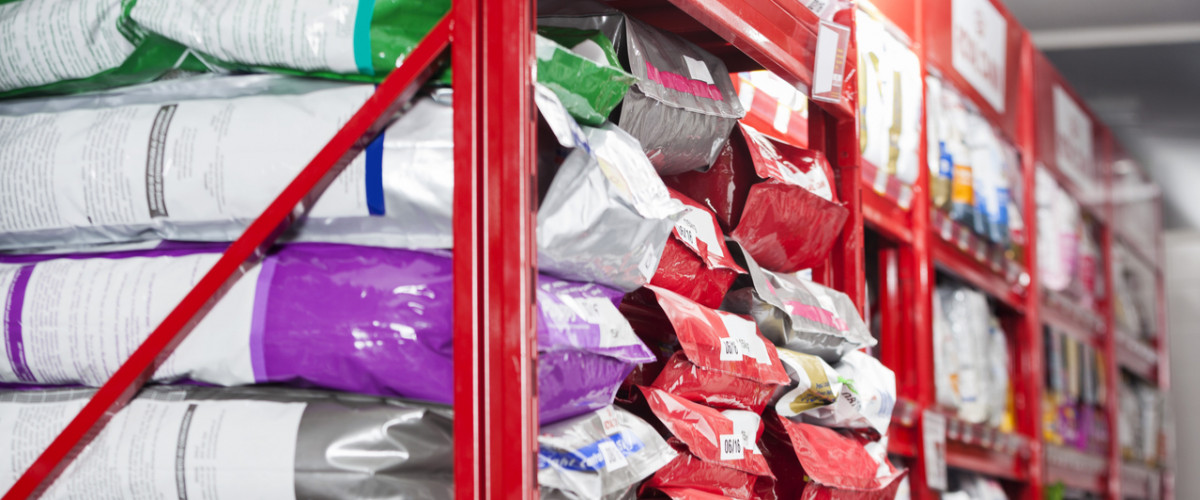We adhere to strict standards of editorial integrity to help you make decisions with confidence. Some or all links contained within this article are paid links.
When the economy takes a hit, unfortunately, so does your wallet. While the standard advice to save diligently, invest in your 401(k) and avoid unnecessary spending still applies, a recession calls for an even closer look at your money habits.
Here are 15 moves — and missteps to avoid — to ensure your hard-earned money keeps working for you, even in a recession.
Don’t miss
Should: Build up your emergency fund
Financial emergencies don’t send a calendar invite — they just show up. A sudden medical bill, a broken appliance or a job loss — these moments have a way of testing not just your patience, but also your bank account.
That’s why having an emergency fund, separate from long-term investments like a 401(k), is a good idea. Parking your emergency stash in a high-yield savings account can mean the difference between stagnant cash and steady growth. While the national average savings account rate sits at 0.41%, high-yield accounts can offer returns closer to 4%.
Should: Consolidate your debt
Another way to prepare yourself for a recession is to rethink your approach to debt. While debt can sometimes feel like an anchor that keeps pulling you down, there are ways to stay afloat, such as through debt consolidation.
By rolling multiple loans into one, you’ll have fewer bills to juggle, meaning less stress and fewer chances to miss a payment. If you qualify for a lower interest rate you can also save money in the long run.
You can compare rates offered on debt consolidation loans from vetted lenders near you through Credible.
Here’s how it works: Answer some basic questions about your annual income and debt then Credible will show you offers from leading lenders like Discover, Upstart, SoFi and more. You can get approved for debt consolidation loans of up to $200,000 at the lowest possible interest rate on the platform.
This process is entirely free and won’t impact your credit score.
Credible also has a best rate guarantee: if you close a loan with a better rate than you prequalify for you can get a $200 gift card.
Should: Recalculate your net worth
There was a time when net worth felt like a conversation reserved for Wall Street titans. But in reality, everyone has a number attached to their financial identity. To calculate yours, start by adding up your assets, including cash in the bank, investments and retirement accounts. Then, subtract your liabilities, such as debts and other financial obligations. The result is your net worth.
During an unexpected shift in the economy or even a surprise expense, knowing what you have — and what you owe — can help you navigate the uncertainty.
Should: Take a closer look at your budget
Some people turn a blind eye to how much they’re really spending, but when it comes to money, ignorance isn’t bliss — it’s just expensive. A budget isn’t designed to cut out everything from your life. Instead, it’s a way for you to set your financial priorities and make sure your money is being property allocated.
For example, one popular budgeting method is the 50/30/20 rule, which simplifies budgeting into three categories: needs, wants and savings or investments. Instead of complicated spreadsheets, this method offers a clear framework that keeps your spending in check without taking over your life.
If you struggle with sticking to your budget, tracking where your money is going is a great place to start. With Monarch Money, you can track all your accounts in one place — helping you know where your money is and where it’s going.
Monarch Money notifies you when recurring bills or subscriptions are due, so you don’t miss a payment. You can also create a customized budget on the platform with your own list of categories, as well as set financial goals and monitor your progress towards them. Plus, Monarch Money includes opt-in predictive AI tools that can help you automatically categorize your transactions and build infographics highlighting your spending habits.
Should: Stock up on essentials
Inflation may be unpredictable, but your grocery bill doesn’t have to be. While you can’t hoard a year’s worth of fresh produce, stocking up on nonperishable items is a way to cushion against rising costs.
With food prices up 2.8% from last year — and the Consumer Price Index showing a 0.6% jump from December 2024 to January 2025 — every little bit of planning helps. If you’ve got the pantry space, now’s the time to grab extra staples before they get even pricier.
Should: Talk to a financial advisor
Talking to a financial advisor during periods of economic uncertainty is even more important. While inflation eats away at purchasing power, a financial advisor can help you figure out the best path forward. Whether it’s retirement, big purchases or adjusting long-term financial goals, an advisor can help ensure that a potential recession doesn’t derail your plans.
Finding an advisor that matches your investment style can be time consuming, but with Advisor.com you’re only a few clicks away from connecting with vetted financial experts near you.
All you have to do is enter some basic information about your current financial situation and your goals. Then Advisor.com will match you with a FINRA/SEC-registered advisor in your area for free. From there, you can set up an introductory call to see whether they’re the right fit for you.
Unlike most traditional financial advisors, you don’t need significant assets or a minimum net worth to find a fiduciary expert through Advisor.com.
Should: Consider additional income streams
There’s something comforting about a steady paycheck, but when the cost of everyday essentials climbs higher a single income stream might not cut it. According to the Bureau of Labor Statistics, more than 9 million U.S. workers were juggling multiple jobs as of February 2025, with more than 5 million balancing a full-time career and a part-time gig.
But you don’t necessarily have to snag a second job to make extra income.
With Arrived, you can invest in residential properties across the country and potentially generate passive income, without the operational headache of being a landlord.
Backed by world-class investors like Jeff Bezos, Arrived pays out rental income generated from properties as dividends monthly. Plus you’re entitled to receive capital gains at the end of the investment hold period, as residential property values typically rise over time.
Arrived is open to all U.S. citizens and green card holders who are 18 years or older. Get started with just $100.
Should: Be mindful of big purchases
That dream vacation, a new car or the latest tech might seem tempting, but major purchases can strain your budget when economic uncertainty is on the horizon. Before swiping your credit card, it might be worth asking yourself, is this a necessity or can it wait?
Shouldn’t: Panic and sell investments
When the stock market starts sliding, the instinct to sell everything and cut your losses can be powerful. But selling in a panic often locks in losses that could have recovered over time. Market fluctuations are nothing new, but historically they tend to rebound — and those who stay invested usually come out ahead.
In an interview with CNBC back in 2017, legendary investor Warren Buffett warned against the risks of timing the market. Instead, he recommended consistently investing in low-cost index funds despite market volatility.
“The temptation when you see bad headlines in newspapers is to say, well, maybe I should skip a year or something. Just keep buying,” Buffett stated. “American business is going to do fine over time, so you know the investment universe is going to do very well.”
One way you can do this is by investing spare change from everyday purchases into a diversified portfolio of ETFs with Acorns. Simply link your debit or credit card, and Acorns will automatically round up your purchases to the nearest dollar. This extra change is then put into a smart investment portfolio.
For instance, if you purchase a breakfast burrito for $10.25 Acorns will round up the purchase to $11 then set aside the difference. Once you hit $5, Acorns will invest the sum into a smart portfolio of ETFs — diversified with stocks and bonds.
You can get a $20 bonus investment when you sign up with Acorns.
Shouldn’t: Ignore your credit score
Your credit score isn’t just a random number and ignoring it can ruin your financial reputation, especially during a recession when lenders tighten their criteria. A poor score can mean higher interest rates on loans and credit cards, or even difficulty securing a mortgage, car loan or rental approval.
Many people assume that if they’re not actively borrowing, their credit score doesn’t matter. But even something as simple as missing a payment, carrying a high balance or closing an old credit card can quietly chip away at it.
Shouldn’t: Forget to shop around for better deals
Some expenses are optional — your morning latte, that extra streaming subscription. Insurance rates, utility bills, even phone plans — these are the nonnegotiables that can steadily drain your bank account if you’re not paying attention.
Yet, according to ValuePenguin, more than 65% of Americans don’t bother comparison shopping for better rates. That means many people are overpaying simply because they haven’t looked around.
In fact, ValuePenguin found that 92% of auto insurance policyholders who shopped around during their last renewal ended up saving money.
Through OfficialCarInsurance, you can compare auto insurance rates from leading providers like Progressive, GEICO, and Allstate for free.
Based on your location, age, driving history, and the make and model of your car OfficialCarInsurance will comb through its database and display offers as low as $29 per month.
The best part? Browsing insurance offers through OfficialCarInsurance won’t impact your credit score at all.
Get started and find rates as low as $29 per month.
If you are struggling with skyrocketing home insurance rates — which rose by an average of 10.4% last year — comparing offers from multiple insurance providers through OfficialHomeInsurance might be worthwhile.
By comparing home insurance rates and selecting the lowest possible cost, you can save an average of $482 per year.
Shouldn’t: Ignore inflation’s impact on your spending
The impact inflation has on your spending is something you might not notice right away, but over time you’ll see it. For instance, what used to be a $4 cup of coffee might now be pushing $6. When you don’t adjust your budget for inflation, you risk spending more than you realize — which can slowly whittle your savings.
If you want to preserve your dollar, investing in inflation-resistant assets like gold could be a good place to start. A gold IRA can help you hedge your money against inflation while reaping tax benefits.
Many companies provide a range of gold coins and bars to choose from, and often offer free precious metals up to a certain amount when you make a qualifying purchase. If you want to convert your existing IRA into a gold IRA many companies offer a 100% free rollover.
Check out the Moneywise top picks for industry-leading companies offering gold IRAs.
You can also compare offers instantly and request a free information guide to help you understand how gold can preserve your dollar value during times of high inflation.
Shouldn’t: Withdraw from your retirement accounts early
Dipping into your retirement savings might seem like an easy solution, but cashing out early can do more harm than good. Retirement accounts, like 401(k)s and individual retirement accounts IRAs, come with early withdrawal penalties — typically 10% if you take money out before age 59½.
Another option is to tap into your home equity, provided you own your home and have been paying off your mortgage on time for years.
Rates on HELOCs and home equity loans are typically lower than APRs on credit cards and personal loans, making it an appealing option for homeowners with substantial equity.
Unlock great low rates in minutes by shopping around. You can compare real loan rates offered by different lenders side-by-side through LendingTree.
Just answer a few simple questions, and LendingTree will match you with up to 5 lenders with low rates today.
Shouldn’t: Quit your job without a plan
Even in a thriving economy, quitting your job without a backup plan is a bold move. When companies tighten budgets and layoffs become more common, walking away from a steady paycheck without a clear next step can put you in a tough spot.
A recession isn’t the time for impulsive exits. Instead, if you’re feeling stuck or undervalued, start mapping out your next move before handing in your resignation. Update your resume, network strategically and explore new opportunities while you still have financial stability.
Shouldn’t: Get caught up in lifestyle inflation
Lifestyle inflation can be a silent budget killer. This can happen if you get a raise or a bonus check, making spending a little easier. Whether you’re thinking of upgrading your apartment, dining out or just justifying a big purchase because you now have some wiggle room.
But if your spending rises as fast as your earnings, you’re not actually getting ahead — you’re just treading water in a more expensive pool. Instead of getting caught up in lifestyle inflation, building an emergency fund, investing more and paying off debt faster are smarter moves.
This article provides information only and should not be construed as advice. It is provided without warranty of any kind.


















